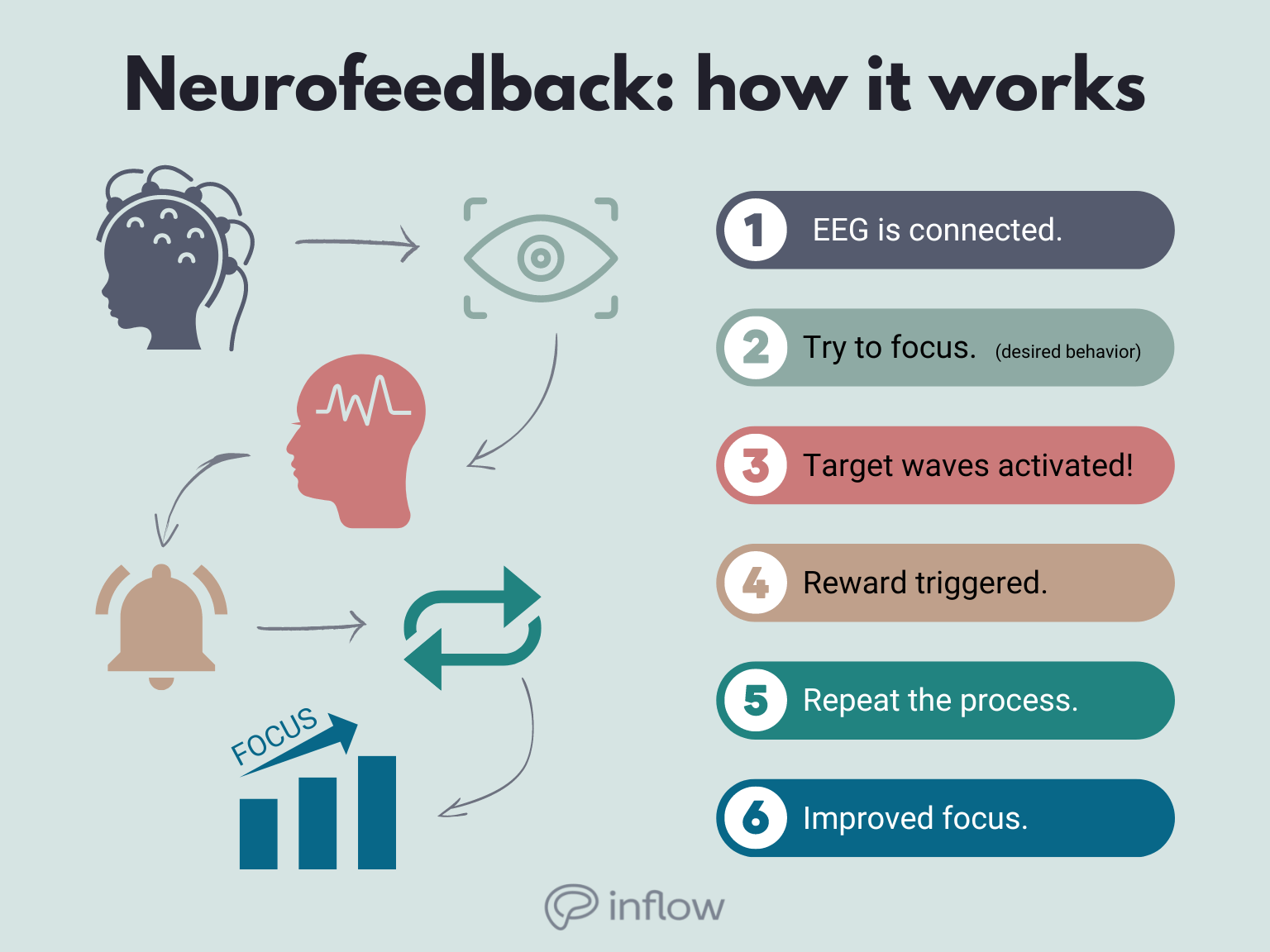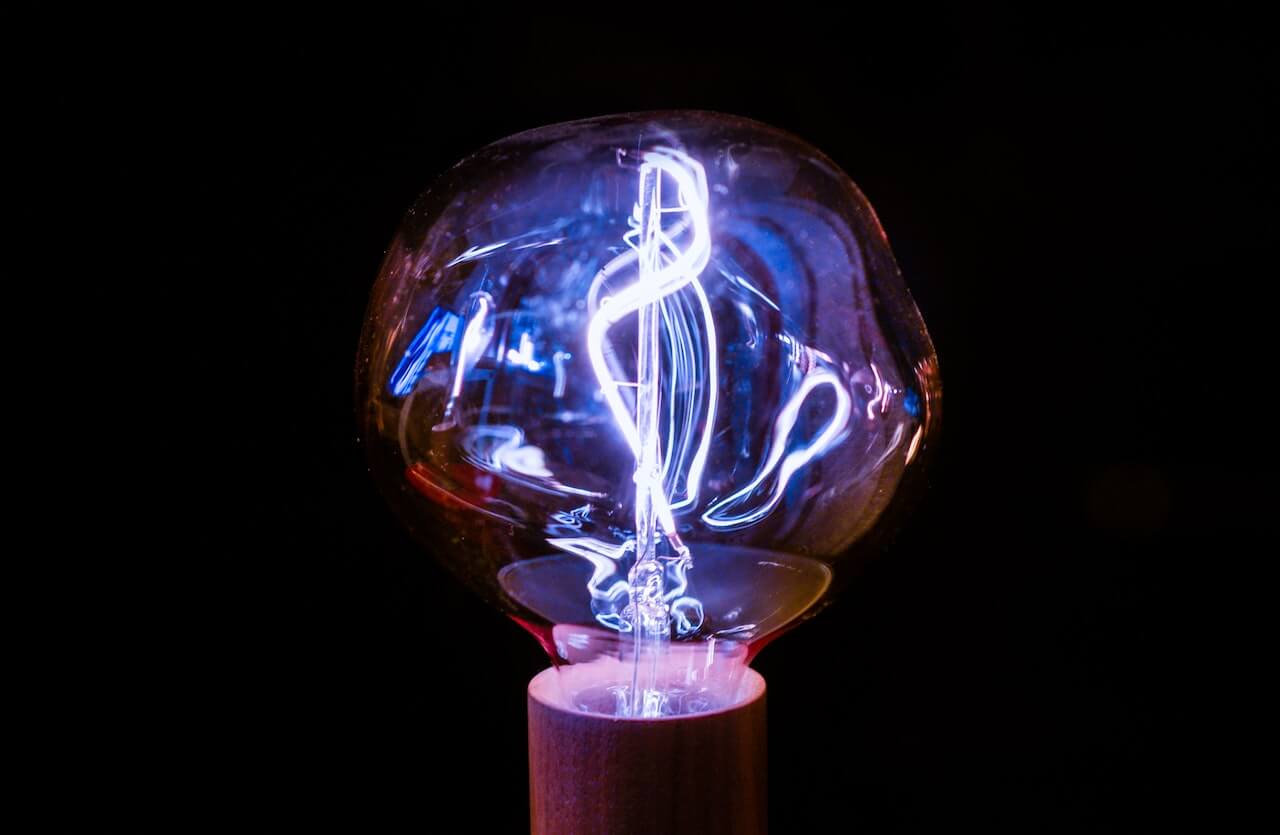Common ADHD treatments include behavioral therapy and medication, but there's a new kid on the block: neurofeedback therapy. Supporters of neurofeedback therapy claim it improves ADHD symptoms by "training the brain" to focus. However, others are wary because of inconclusive research and high costs.
So, what is neurofeedback therapy, and why is it so controversial? And - can it be used to treat patients with ADHD?
Too long; didn't read
- Neurofeedback therapy measures brain activity and provides real-time information to patients.
- Combined with other treatments, neurofeedback therapy has improved concentration and impulsivity for ADHDers.
- Neurofeedback therapy is expensive, costing, on average, $40-150 (USD) per session.
Biofeedback: history and uses
Today's neurofeedback therapy has two historical components:
- Operant conditioning
- Chance discoveries
Operant conditioning involves training animals and humans by rewarding desirable behaviors, such as focusing. Chance discoveries, on the other hand, are more complex.
1. The EEG and operant conditioning
Electroencephalogram (EEG) was developed in the 1920s and records electric brain activity by attaching electrodes to the head and measuring the currents produced.1
In the late 1950s and '60s, researchers connected people to an EEG and 'rewarded' them with a bell chime every time specific brain waves were active. This way, the subjects learned to control their brain activity over time, consciously!1
2. Chance discoveries: cats trained using neurofeedback
Another researcher did similar experiments with cats and rewarded the preferred brain activity with food. Over time, the cats showed the desired behavior more often.
The chance discovery happened years later when the same researcher and cats helped NASA explore whether rocket fuel caused seizures. This laid the groundwork for neurofeedback therapy; the cats with training were significantly less likely to have seizures.2
Neurofeedback therapy and ADHD

Neurofeedback therapy aims to improve ADHD symptoms by conditioning the brain. This way, brain "behavior" learned in sessions can become a part of your daily life.
Neurofeedback science: what are brain waves?
There are four primary wavelengths in the brain associated with different states or actions:
- Medium fast (alpha) waves: relaxation, calmness, no "active thinking", lucidity
- Fast (beta) waves: awake, alertness, "active thinking", problem-solving
- Medium slow (theta) waves: deep relaxation, meditation
- Slow (delta) waves: deep and dreamless sleep
People with inattentive ADHD typically have more theta waves. People with hyperactive ADHD often have a surplus of fast beta and alpha waves.3
What to expect during neurofeedback therapy
Before therapy begins
Before your first appointment, the clinician will establish a baseline picture of your brain activity. This way, they can determine which wavelengths have a more significant percentage.
During therapy sessions
During your appointments, you would be connected to an EEG machine that receives feedback on your brain activity. Feedback can be simple in forms - such as a sound signal - or more complex, like a video game that's controlled by desirable brainwaves. Every time the desired brainwaves are activated, you receive positive feedback.
Repeat the process.
One session lasts up to 30 minutes. In total, 30 to 40 sessions are recommended for the best results. Brain activity changes are continually compared to your initial baseline measurements to verify effectiveness.
⚡ Important note: In an EEG, electrodes are connected to your head, but that does not mean you will receive electric shocks. The electricity flowing through the electrodes is created by your brain and simply measured by the EEG.
So, is neurofeedback therapy a good idea for ADHD treatment?
Pros
Neurofeedback improves ADHD symptoms long-term.
When combined with other ADHD therapy, neurofeedback therapy has shown improvements in concentration and impulsivity.4
It has fewer side effects and risks than other treatment options.
For example, while ADHD medication can be an effective treatment option with quick results for many, it carries the risk of side effects. That risk isn't completely absent in neurofeedback therapy but is significantly lower.5
Cons
It's expensive.
With an average of 20-40 sessions per patient at $40-150 USD per session, neurofeedback therapy is not cheap. Unfortunately, most insurance in the US does not cover these costs, making it a highly inaccessible option for ADHD treatment.
There's not enough research on neurofeedback therapy.
Some of the most-quoted studies weren't double-blinded6, while others needed more control groups or proper peer review. So, the effectiveness can't be determined, and meta-analyses range from "probably efficacious,"7 "fails to support neurofeedback therapy as an effective treatment," and "efficacious and specific."8
One recent double-blinded, placebo-controlled, randomized clinical trial showed no significant differences between neurofeedback therapy participants and controls.9
Scientists weigh in: neurofeedback can work for ADHD—with additional types of treatment.
ADHD experts conclude that neurofeedback therapy may be supportive when using more than one treatment mode, such as medication and behavioral therapy. However, based on current research findings, it doesn't hold up as a standalone treatment.
—
Sources
1 Journal of Clinical Neurophysiology | Early history of electroencephalography and establishment of the American Clinical Neurophysiology Society
2 Clinical Neurophysiology | Suppression of seizures in an epileptic following sensorimotor EEG feedback training
3 Biological Psychiatry: Cognitive Neuroscience and Neuroimaging | Aberrant Modulation of Brain Oscillatory Activity and Attentional Impairment in ADHD
4 European Child and Adolescent Psychiatry | Sustained effects of neurofeedback in ADHD: a systematic review and meta-analysis
5 Applied Psychophysiology and Biofeedback | Transient Adverse Side Effects During Neurofeedback Training: A Randomized, Sham-Controlled, Double Blind Study
6 Journal of Neurotherapy | Electroencephalographic Biofeedback in the Treatment of Attention-Deficit/Hyperactivity Disorder
7 Journal of Attention Disorders | A review of neurofeedback treatment for pediatric ADHD
8 Clinical EEG and Neuroscience | Efficacy of neurofeedback treatment in ADHD: the effects on inattention, impulsivity and hyperactivity: a meta-analysis
9 Journal of the American Academy of Child and Adolescent Psychiatry | Double-Blind Placebo-Controlled Randomized Clinical Trial of Neurofeedback for Attention-Deficit/Hyperactivity Disorder With 13 Month Follow-up








